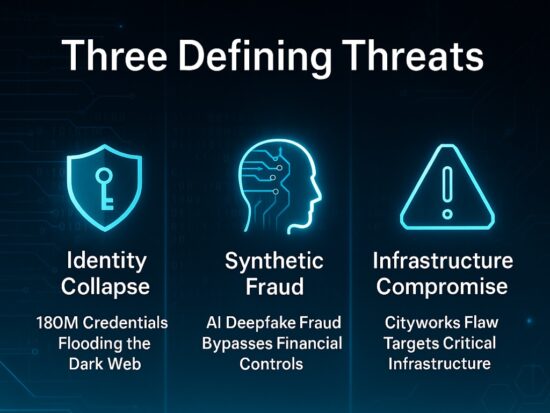Have you ever come across a website that seemed too good to be true, offering overwhelming benefits and endorsed by your favorite celebrity? It’s important to be aware of the tactics scammers employ to create fake sites that deceive unsuspecting individuals, luring them into their traps. By understanding their strategies, we can take precautionary measures to safeguard ourselves from falling victim to these scams. In this article, we will delve into the strategies scammers employ to deceive users, while also providing essential precautionary measures to safeguard yourself against falling into their traps.
What’s the Easiest Trap the Scammers Plot?
Scammers are becoming increasingly sophisticated in their methods, going to great lengths to create websites that appear legitimate. They carefully select domain names that closely resemble reputable sites, ensuring they go unnoticed by the average user. The layout, design, and content of these sites are meticulously crafted to mimic the style and aesthetics of the genuine platforms they seek to imitate. These scams target the ignorant, greedy, and impatient participants, promising overwhelming offers and benefits that seem too good to be true.
The Anatomy of a Scammer’s Fake Website
Scammers invest significant effort into creating websites that mimic the appearance and functionality of authentic platforms. They carefully select domain names that closely resemble those of reputable sites, often including subtle variations that can easily go unnoticed. The layout, design, and content of these sites are crafted to give the illusion of legitimacy, mirroring the style and aesthetics of the genuine websites they seek to imitate.
Impersonating Celebrity Endorsements
One of the most persuasive tactics employed by scammers is leveraging celebrity endorsements. By associating their fake websites with well-known personalities, they aim to establish credibility and gain the trust of unsuspecting users. These scammers go to great lengths to create counterfeit endorsements, including using doctored images, fabricated quotes, or even impersonating the celebrities themselves on social media. The allure of a product or service endorsed by a celebrity can be overwhelming, blinding individuals to the potential risks and illegitimacy of the offer.
Overwhelming Offers and Benefits
To entice potential victims, scammers present irresistible offers and benefits that tap into the desires for quick wealth and instant gratification. They promise outrageous returns on investments, exclusive access to limited-edition products, or get-rich-quick schemes that seem too good to pass up. By preying on people’s greed and impatience, scammers exploit their vulnerabilities and manipulate them into making hasty decisions without conducting proper due diligence.
Precautionary Measures: Protecting Yourself from Scammers’ Traps
- Educate Yourself: Awareness is the first line of defense against scams. Stay informed about the latest scamming techniques, read about real-life examples, and be skeptical of offers that appear too good to be true.
- Verify the Website: Before engaging with any website, verify its legitimacy. Check for secure connections (https://) alongside inspecting each spelling in the domain carefully, search for reviews or complaints about the site, and ensure the domain name matches the official one of the company or organization it claims to represent, also check the date the site came to an existence.
- Scrutinize Celebrity Endorsements: Don’t be swayed solely by celebrity endorsements. Cross-reference the information through official channels, such as verified social media accounts or official websites, to confirm the endorsement’s authenticity. Verify that any enforcement post published on social media threads is from the credible source, is from the celebrity and there is no public information found about their accounts compromised.
- Research the Company: Conduct thorough research on the company or organization behind the website. Look for a physical address, contact information, and a history of legitimate operations. A lack of transparency or negative reviews should raise red flags. Make sure the company/organization website has several authentic pages such as About, Terms, Privacy, Contact/Location, Legal, Finance, etc. Search with the same domain name and check if similar domain/website name appears in the search results.
- Exercise Caution with Payments: Be cautious when providing your financial information online. Only use secure payment methods, such as credit cards or trusted payment gateways, and avoid sharing sensitive data through unsecured websites or suspicious platforms. If you are too much attracted to the offers, give yourself a favor by processing the smallest transaction amount possible to crosscheck the validity of the offer by using a virtual card number where possible so that your credit card is not exposed to the scammers.
- Use Security Software: Protect your devices with reputable antivirus and anti-malware software. These tools can help detect and prevent access to malicious websites or prevent phishing attempts.
- Trust Your Instincts: If something feels off or too good to be true, it probably is. Trust your instincts and be wary of high-pressure tactics or demands for immediate action.
The proliferation of fake websites and celebrity endorsement scams poses a significant threat to internet users. By understanding the strategies scammers employ, such as creating authentic-looking websites, impersonating celebrities, and offering overwhelming benefits, you can arm yourself with knowledge to avoid falling into their traps. Remember to stay vigilant, exercise caution, and follow the precautionary measures outlined in this article. By doing so, you can protect yourself from potential financial losses and maintain your online security and well-being. Educate others to help them stay far far away from such scammers and their fraudulent resources.








 Puru's [AI]
Puru's [AI]
